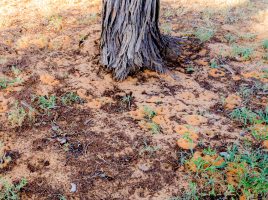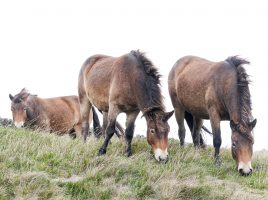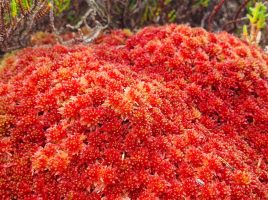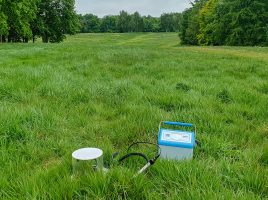
Open letter: A global call to strengthen national soil biodiversity action through coordination and harmonization
Soil biodiversity remains one of the least systematically studied components of global biodiversity, largely invisible in policy agendas. A coordinated soil biodiversity monitoring approach is urgently needed to enable national-level action.






